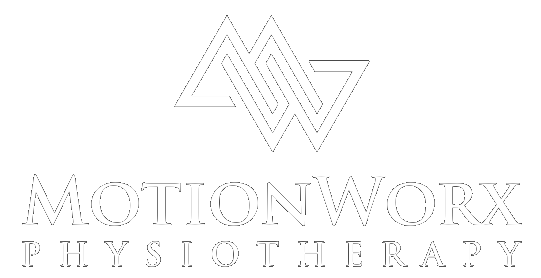So you have just been injured. Welcome to the club. The club no one wants to be a part of.
Was it caused by some other persons error that wasn’t following the rules? Were you just not paying attention? Did we get the goal? Can I still play?….Often these can be the first thoughts that go through our heads when we get injured. In fact, the last one that can enter the mind is ” Am I OK?”.
Once that thought jumps into our heads, sometimes it will never leave. When things are slow to progress, it can feel like it will never get better. Dreadful thought.
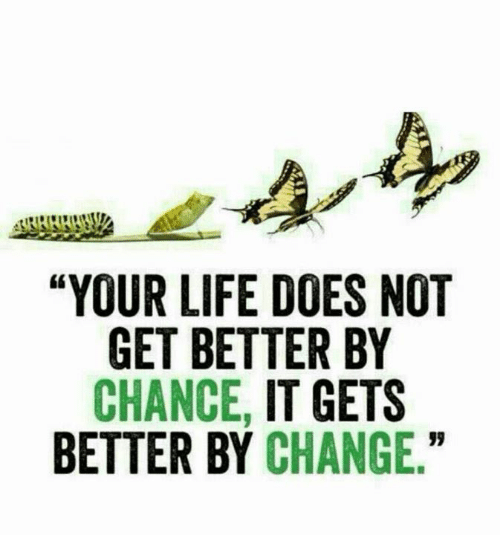
After we have assessed the damage to our best ability (some people when injured are more capable than others at this), we carry on and then have to make some important decisions about the best course of action after an injury, or as I like to call it: Damage Control.
The funny thing about damage control is that, while it’s important to deal with any emergent situation (fractures, open wounds, concussions etc.), the vast majority of poor decisions that happen for less scary injuries, can often lead to prolonged or worsened conditions, if only due to the fact that they are poorly handled early on.
THE MOST IMPORTANT THING YOU CAN DO WITH ANY INJURY IS GET A PROPER AND THOROUGH DIAGNOSIS. This seems obvious enough, but what often happens, is the injured person gets thrown off the correct path towards a diagnosis due to subtle, but powerful, “Red Herrings”. A Red Herring in an injury is when a person focuses on the pain, not the cause of the pain. This can be due to the unrelenting nature of the pain, the emotional attachment to the injury, or the masking nature of the injury itself (such as a low back nerve injury that feels like pain in the leg or foot).
The reason that a proper diagnosis is KEY to tackling an injury is that if done correctly, should put all possible related diagnoses on the table, and come to the final diagnosis (or differential diagnosis of a few similar ones) by exclusion. The nature of this is important to shed the fears of the patient towards more ominous potential injuries, when a simple injury is just not being treated correctly. By removing fear, a patient can then better look at “Is the pain I’m feeling directly from something I did wrong?” or “Is this injury more serious than I thought?”, versus “Will this ever get better?” or “poor me! I can’t do anything!”
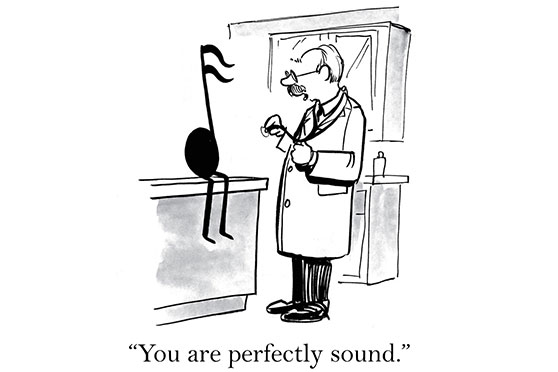
Here is a real life common example of decision making early in an injury… Young Timmy is playing soccer and reaches out for the ball with his foot, and feels a pain in the back of the thigh. There is a lot of pain, but no swelling or bruising. Timmy sits off the field and puts ice on his hamstring, and stretches it out as it is going into bouts of spasm (both ice and stretching weirdly seemed to make it sore afterwards). The next day there is still no bruising, but misguided young Timmy is unable to reach his leg out in front to walk, and has pain all down the back of the leg. Timmys Mom tells him to take some ibuprofen and continue to stretch.
The following day Timmy has pain into his glut region (and in the previous areas) and is getting numbness in his foot.
So where did they go wrong?
The best question to that is when did they go wrong? Immediately.
In this case, Timmy’s injury is commonly thought of as a hamstring strain. Except when it isn’t. In the case of a hamstring injury (please see upcoming BLOG on stretching post acute injuries), Timmy did what most people will instinctively do, even if it is incorrect- stretch a tight muscle after an acute injury.
In this case, the injury was a traction injury to the sciatic nerve, which lives anatomically under the hamstring. The hamstring will be the last anatomical structure left to protect it in an outstretched position, and will “throw itself on the sword” to protect that valuable sciatic nerve. The muscle is tight either because it itself is injured, and is trying to auto-splint itself, or the sciatic nerve was injured in a traction fashion, and the hamstring is tight in attempt to prevent further stretching to the nerve. Either way, stretching was not a good decision in an acute injury.
On a side note, acute nerve injuries do not tend to react well to traction forces, compression forces, cold temperatures, or vibrational forces. It is easy to see how stretching and cooling an acute nerve injury would make things worse (even just for a short duration). If an injured person does not listen to these important signs, they could continually irritate the nerve, and then grow frustrated when it does not heal as expected.
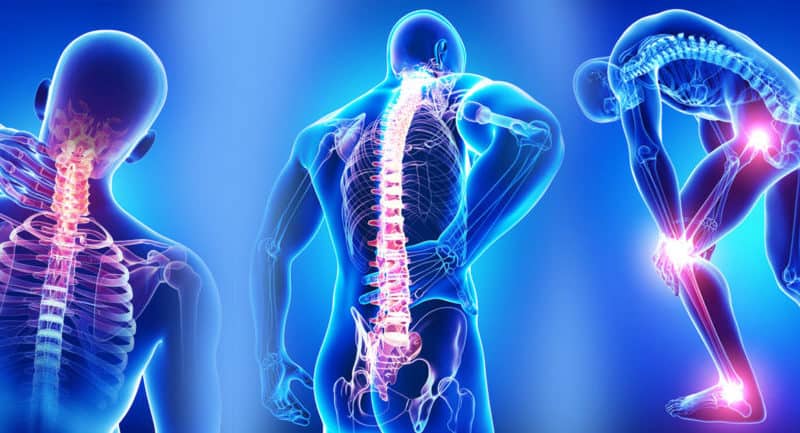
While this scenario seems drastic, it is very common on some level with many different injuries. This can be further perpetuated by a rushed timeline (such as an upcoming competition or strict coach/parent). It cannot be stressed enough that emotion is very powerful in influencing the injured person to make poor/rash/desperate/anxiety or fear-driven decisions. WHEN YOU ARE ABLE TO TAKE EMOTION OUT OF THE DECISION PROCESS, YOU WILL ALWAYS MAKE THE CORRECT CHOICE. The best way to do this is to educate yourself (hopefully from a thorough diagnosis, not just Dr. Google) so as to best decide WHERE IS THE BATTLE that you have to focus on- and solve it correctly, before you move on to the next battle.
Think of it as you need to finish kindergarten before you can move on to grade one, and so forth, before you graduate high school. Sometimes, you may have to go back a few steps and do them correctly before getting back on track, as injury healing is not always a linear path.
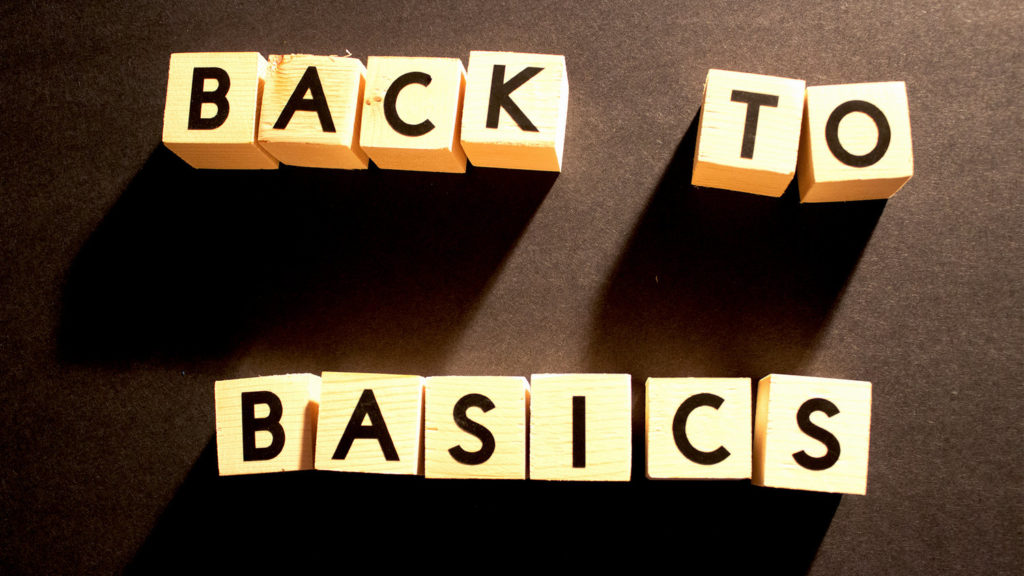
A very important aspect of this process is to not let pain be your guide as an indicator of whether or not the injury is actually improving and ready to go (SEE BLOG ON PAIN). Just because something FEELS better, doesn’t mean it is better. You may just be amazing at compensating and working around the pain, and possibly creating another problem. The key again, is to get a proper objective indicator of how you are doing at that moment (strength, timing, range of motion), and then gauge your progress and direction from there. This is where your trusted physiotherapist, chiropractor, doctor, massage therapist (or other), can be an invaluable guide on your journey to getting back to your regular (or better) self.
When medical professionals are initially assessing your injury (or your progress for that matter), the first thing to rule out is the presence of anatomical dysfunction (such as a fracture, cartilage damage or an actual tear on the muscle). Once that is ruled out, the next thing they should be screening for is the presence of a nerve injury (compression or traction injury) causing weakness and/or impairment in the periphery. Both of these complications can cause the muscles in the body to do some pretty crazy things, and can lead you down the wrong path towards success in your injury management.
The next thing to screen for is the presence of joint hypermobility (too much movement) or hypomobility (too little movement). This again, can cause your body to move differently, and thus inappropriately load the injury, or other parts of the body attempting to help you continue to move around “normally”.
Finally, they should be screening for biomechanical strength, control, movement patterns, and timing. This is commonly what people associate with physiotherapy and the homework they are given to do at home (or in the gym with a kinesiologist).
If for some reason the gains in strength are not being made, we have to readdress WHERE IS THE BATTLE? and perhaps look at: Did we miss an underlying nerve injury?, What are the other patterns of weakness present? Are there any compensatory patterns?, Was the homework done properly? Has the injury been overloaded in daily activities? Are there any underlying emotional or psychological factors slowing down or masking the progress?
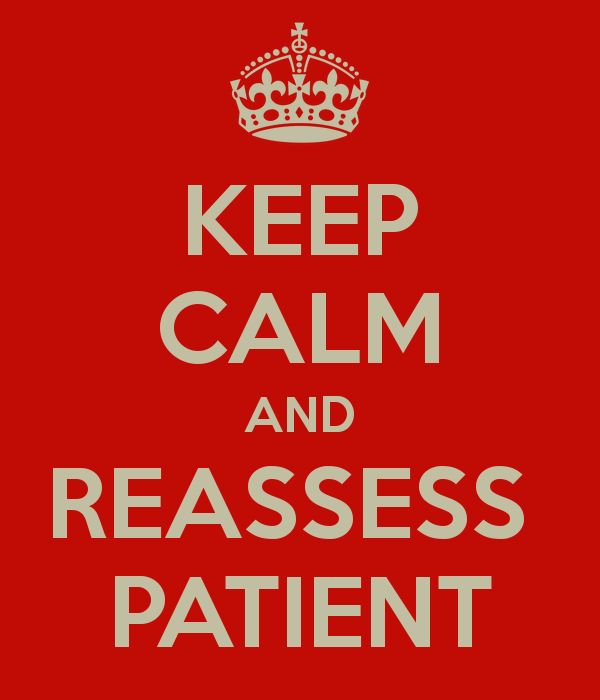
So if you are finding yourself frustrated with your injury, make sure you slow down and try to analyze where things are going wrong, rather than just stating that things aren’t getting better, or worse, just focusing on the pain. This is a great time to talk with a trusted healthcare practitioner and have them thoroughly assess where you are at, and to help guide you. Make sure to explain any concerns you have with your current plan, and discuss what things seem to help or hurt your injury. The more information you provide to your healthcare practitioner, the better they can help figure out where WHERE IS THE BATTLE that is important to fight at that time, and they can then help set a realistic plan to help you achieve your goals.
Keep at it… Educate. Rehabilitate. Dominate.
